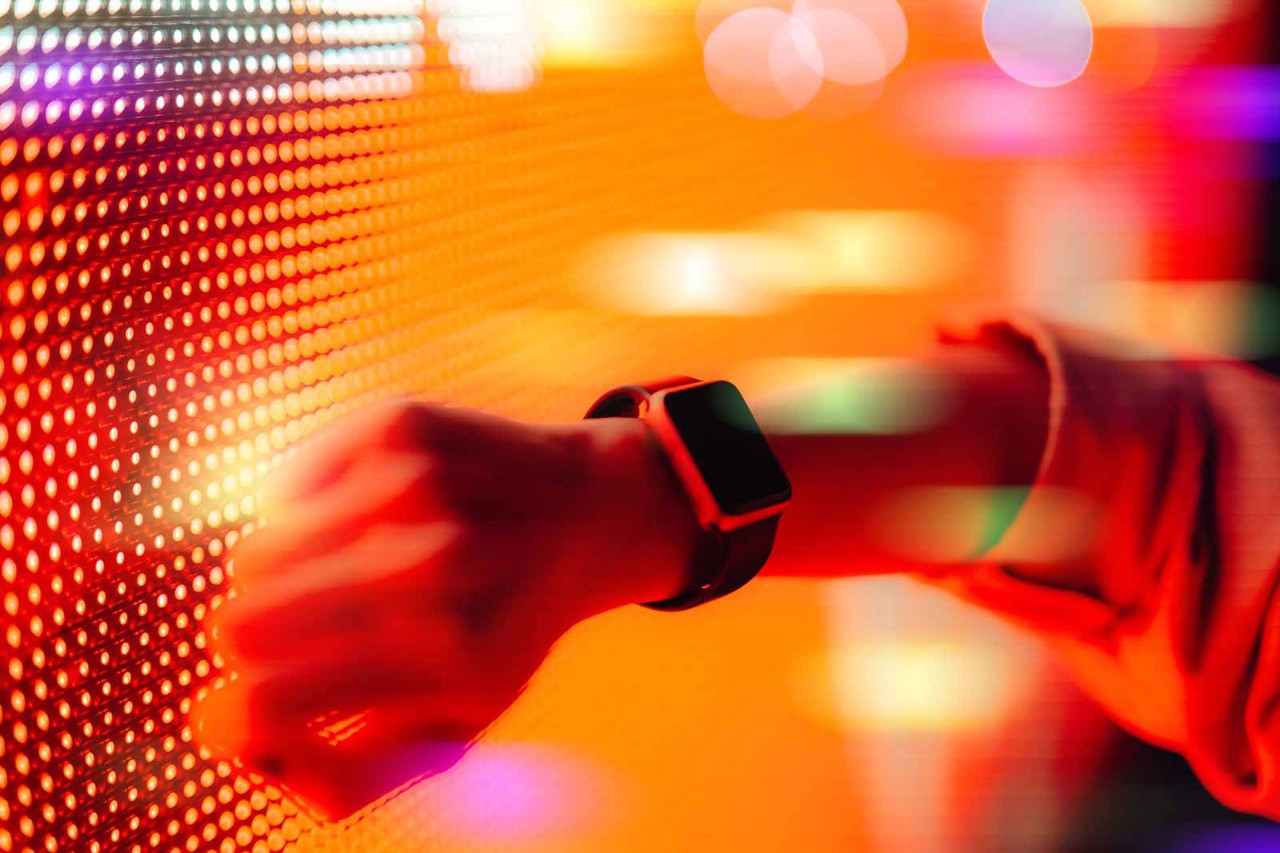
Resembling extraterrestrial globes waiting to hatch, the 200 giant egg-shaped objects which sit on land and in Victoria Harbour, Hong Kong SAR, have been attracting visitors and delighting residents. Making up an artwork with the title of Continuous, the ovoids – which measure between three to five metres tall, emit sound and change colour – are the creation of Japanese interdisciplinary group TeamLab in collaboration with the government’s cultural services department.
Elsewhere, large-scale outdoor art projects that integrate art, science and technology include a multisensory LED installation titled Voyage with Van Gogh. There’s also Harbour Cup, an artwork inspired by table football, with solar panels that light up whenever a ball in the installation moves. And scheduled to become a regular feature that combines art with tech, a thousand drones recently took to the air over Victoria Harbour to form traditional Chinese lion and dragon dancing patterns and images depicting traditional Hong Kong festivals.
Cultural economy
Hong Kong is hardly a stranger to the arts scene. It hosts a number of major international art fairs including Art Basel, one of the region’s biggest and most respected art events that brings together galleries, established artists and emerging talent from around the globe. Alongside London and New York, Hong Kong has established itself as one of the world’s principal hubs for buying and selling artworks, particularly artworks associated with China and the wider Asia region.
Hong Kong’s cultural and creative industries now account for 4.5% of GDP
The art-tech momentum increased when Hong Kong was designated as a cultural, innovation and technology hub in mainland China’s five-year plan for 2021–25. Since that designation, Hong Kong’s international profile as Asia’s premier arts and culture hub has been raised further by the government’s announcement of a 10-year arts and cultural development blueprint and the establishment last year of a fund to support the hosting of arts and cultural mega events (which has spent HK$155m on 14 events to date).
In 2022/23, the Hong Kong government’s recurrent expenditure on the development of arts and culture reached HK$5.9bn, an increase of nearly 40% over the five preceding years, according to government figures, which likewise show that Hong Kong’s cultural and creative industries now account for 4.5% of GDP.
Even traditional Cantonese opera has been jazzed up with animated digital projections
Art-tech fusion
In an effort to connect culture and art with innovative technology, everything from songs generated by AI to augmented reality exhibitions and Metaverse Symphony performed by the Hong Kong Philharmonic Orchestra have been brought under the art-tech umbrella. Even traditional Cantonese opera has been jazzed up with the addition of special effects and animated digital projections. For Hong Kong citizens unfamiliar with what art-tech involves, Hong Kong Polytechnic University has set up the Arts Tech Lab and a public education programme.
Beginning this year and due to open in phases, the East Kowloon Cultural Centre heralds another art-tech push. Equipped with art-tech testing facilities, the centre will provide training programmes and produce different types of projects to promote exchanges and cooperation between artists and technology professionals globally.
Efforts have also been focused on upgrading existing art facilities and building world-class cultural amenities. Spanning 40 hectares alongside Victoria Harbour, the West Kowloon Cultural District, one of the world’s largest cultural quarters, is home to a mix of museums, theatres and performance spaces, including the M+ museum of contemporary visual culture and the Hong Kong Palace Museum, which have welcomed nearly four million visitors since their opening in 2021 and 2022 respectively.
For many years, Hong Kong’s claim to fame has largely been associated with finance, but the arts are emerging as a powerful tool in sculpting an exciting new image for the Special Administrative Region.


